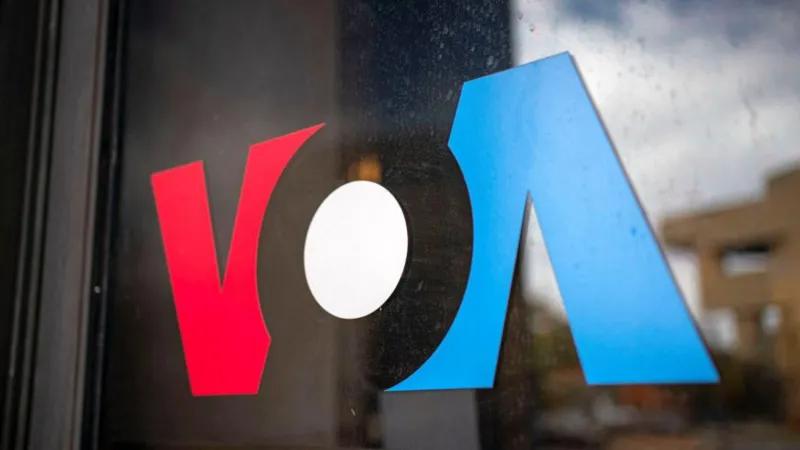In case a commercial bank fails, the Namibia Deposit Guarantee Fund now has N$30.3 million to compensate depositors who may have lost money through the closure of that bank.
This was announced by Florette Nakusera, the head of the Namibia Deposit Guarantee Authority (NDGA), during its annual report launch last week.
“The portfolio’s market value closed at N$30.3 million, reflecting an increase of N$7.3 million compared to the N$23.0 million. Institutions’ annual premiums contributed to the portfolio,” she said.
Nakusera said the fund earned interest amounting to N$1.9 million in 2024.
It protects those who have deposited money in a bank from the loss of their deposits by compensating them in the event of a commercial bank closing.
The fund has a coverage limit of N$25 000, which will be able to cover more than 90% of its current depositors.
“The scheme, therefore, ensures that depositors have access to all or a portion of their funds in the event of a bank failure within a specified time period,” Nakusera said.
She said the fund also protects against panic withdrawals by assuring depositors of the safety of their deposits even if a bank fails.
However, Nakusera said the banking industry continued to be profitable, liquid, and well capitalised.
“Both the capital adequacy and the liquidity position of the banking sector improved during 2024, reaching pre-pandemic levels, as observed in both the return on assets, and remained well above the statutory minimum requirements.”
An example of a bank failing is Trustco Bank Namibia, which had its banking licence terminated by the Bank of Namibia (BoN).
Trustco Bank announced in February that it had transferred the deposits it held to the Guardian Fund under the central bank.
This would allow those who held money in the bank to get their money back.
Trustco Bank Namibia was suspended in August 2023 and its banking operations were closed, with a deadline of 28 February to refund depositors.
The BoN made the decision to suspend Trustco Bank citing the bank’s insolvency, its liabilities exceeding its assets, and that it was unable to pay its debts.
Trustco’s banking portfolio accounted for less than 1% of its total investments.
Stay informed with The Namibian – your source for credible journalism. Get in-depth reporting and opinions for
only N$85 a month. Invest in journalism, invest in democracy –
Subscribe Now!










